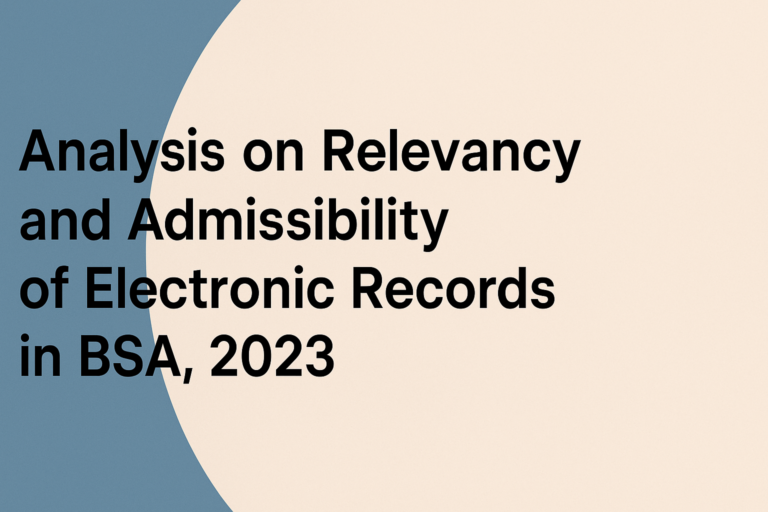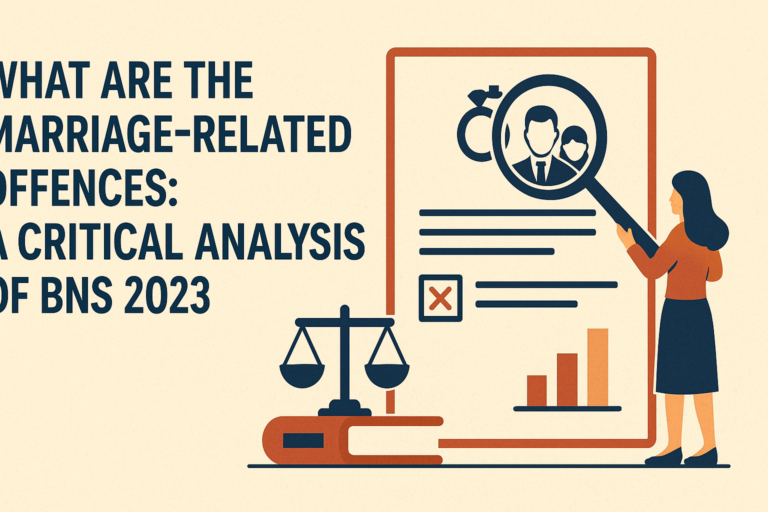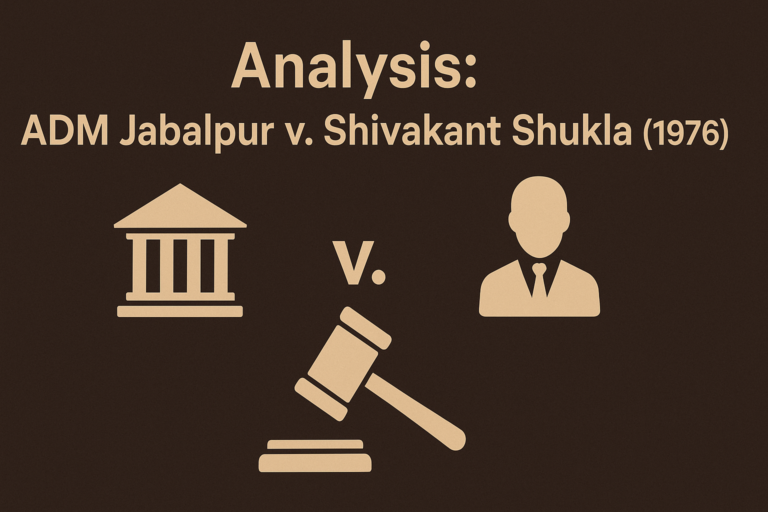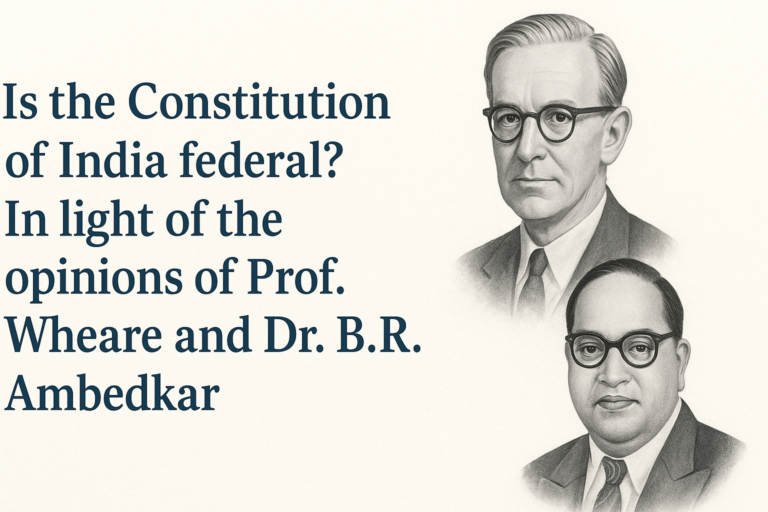
Introduction
The issue of racial disparities in criminal sentencing has cast a long shadow over the justice system, prompting critical examinations of fairness and equality. To address this concern, legal provisions, constitutional safeguards, and Indian case law have emerged as essential tools.
This article delves into the multifaceted dynamics of racial disparities in criminal sentencing, exploring their far-reaching implications, underlying factors, and the legal measures in place, supported by case law examples from India, to rectify these disparities while upholding the principles of the Constitution.
Understanding Racial Disparities in Criminal Sentencing
Racial disparities in criminal sentencing materialize when individuals from different racial or ethnic backgrounds, facing similar charges, receive disparate sentences. Addressing this issue calls for robust legal provisions that actively counteract systemic biases and ensure consistent treatment before the law. Implicit biases, socioeconomic factors, and historical prejudices converge to give rise to these disparities, underscoring the importance of legal intervention to foster justice.
Factors Contributing to Racial Disparities
- Implicit Bias: Implicit biases, often unconscious, harbored by key decision-makers such as judges and jurors, can inadvertently influence their judgment, contributing to uneven sentencing outcomes.
- Socioeconomic Factors: Socioeconomic disadvantages faced by marginalized racial groups can hinder their access to quality legal representation, thus impacting the outcomes of their sentencing.
- Historical Injustices: Lingering effects of past discriminatory practices and racial profiling can inform the decisions made during sentencing, perpetuating disparities across generations.
Legal Provisions, Constitutional Safeguards, and Indian Case Law Examples
The Equal Protection Clause of the Indian Constitution
Case Law Example: State of Kerala v. N.M. Thomas (1976)
In this noteworthy case, the Indian Supreme Court held that laws must be reasonable, just, and not discriminatory. The Court emphasized the importance of Article 14 of the Constitution, which guarantees equality before the law, and ruled that laws must not differentiate between individuals based on irrelevant criteria.
IPC Sections 153A and 153B
Case Law Example: Manzar Sayeed Khan v. State of Maharashtra (2007)
This case exemplifies the application of Sections 153A and 153B of the Indian Penal Code. The Bombay High Court emphasized that promoting disharmony based on factors such as religion, race, etc., is against the spirit of a secular society. The judgment highlighted the need to preserve communal harmony and prevent violence.
Judicial Sensitization to Racial Disparities
Case Law Example: Rajan Kumar v. State of Haryana (2011)
While not a direct case on sentencing disparities, this judgment recognized the importance of judicial sensitivity towards marginalized groups. The Court underscored the need for judges to be aware of and address the unique challenges faced by racial minorities, ensuring fair and equitable treatment.
Constitutional Right to Equality
Case Law Example: Mithu v. State of Punjab (1983)
This landmark case declared Section 303 of the Indian Penal Code, which mandated the death penalty for life-term prisoners, unconstitutional. The Supreme Court’s decision emphasized the right to life and equality under Article 14 of the Constitution. It highlighted the need to ensure equal treatment under the law and the inherent value of every individual’s life.
Conclusion
Racial disparities in criminal sentencing strike at the core of justice and equality. Legal provisions, constitutional safeguards, and Indian case law examples serve as essential tools to address these disparities. By upholding constitutional principles, addressing implicit biases, and drawing guidance from relevant case law, the legal system can work towards ensuring that every individual, regardless of their racial or ethnic identity, receives fair and equitable treatment. Continuous efforts to raise awareness, reform sentencing practices, and enhance judicial education remain pivotal in establishing a justice system that remains unwavering in its commitment to justice for all.








